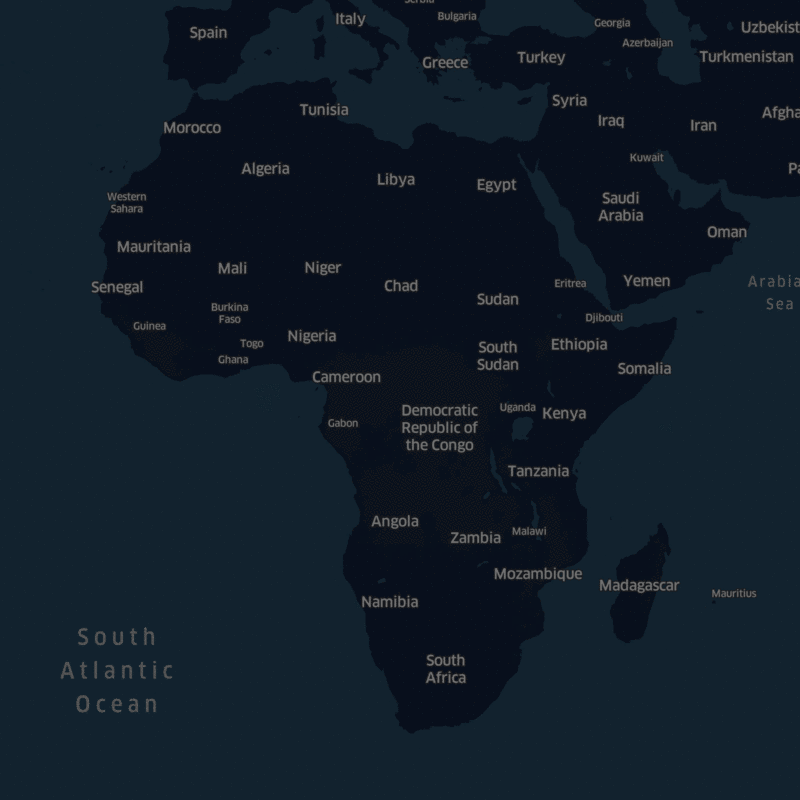Kenya’s real gross domestic product is projected to grow by 5.7% in 2019, a slight decrease from the estimated 5.8% growth experienced in 2018, according to the new World Bank Kenya Economic Update. While the medium-term growth outlook is stable, the report notes that recent threats of drought and continued subdued private sector investment could drag down growth in the near-term. The growth forecast for 2020 stands at 5.9%.
Growth in 2018 was driven by favorable harvests, a resilient services sector, positive investor confidence and a stable macroeconomic environment.
However, a delayed start to the long rain season (March – May 2019) could affect the planting season-resulting in poor harvests. In addition, the below average short rains (October – December 2018) and the ensuing food shortages across several counties in the northern part of the country that has prompted emergency interventions, could impose unanticipated fiscal pressure constraining development spending.
These developments have slowed the growth forecast for 2019. “Delays in the long rain season and a growing need for emergency interventions to deal with food shortages is a reminder of the outstanding challenges in managing agricultural risks in Kenya,” said Felipe Jaramillo, World Bank Kenya Country Director. “Policy measures would be required to transform the agriculture sector through increasing productivity and enhancing resilience to agricultural risks to boost smallholder farmers’ income by improving access to competitive markets.”
The 19th Kenya Economic Update (KEU), Unbundling the Slack in Private Investment, attributes the slack on the demand side of the economy to two factors: Insufficient credit growth to the private sector (which stands at 3.4% in February 2019), and inherent room for improvement in fiscal management. On private sector credit, the report recommends fast-tracking solutions to factors that led to the imposition of the interest rate cap and building consensus for its eventual reform.
“Several macroeconomic policy reforms, if pursued, could help rebuild resilience and speed-up the pace of poverty reduction” said Peter Chacha, World Bank Senior Economist and Lead Author of the KEU. “These include enhancing tax revenue mobilization to support government spending, reviving the potency of monetary policy, and recovery in growth of credit to the private sector”.
Agriculture remains a key driver of growth in Kenya and a major contributor to poverty reduction. The Special Focus section of the KEU highlights a few of the many factors underlying low agriculture sector productivity and high vulnerability to climate shocks; and proposes policies that could help transform the sector to boost farmers’ income-thereby contributing to the overall poverty reduction in Kenya.
To boost farmers’ incomes policy could seek to address post-harvest losses and marketing challenges by fast-tracking implementation of the national warehousing receipt system and commodities exchange, while scaling up agro-processing and value addition to increase returns on agricultural produce.
Source: Africa Business Communities


